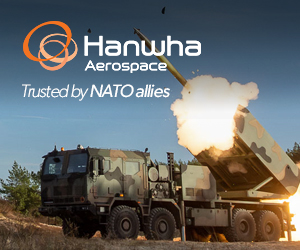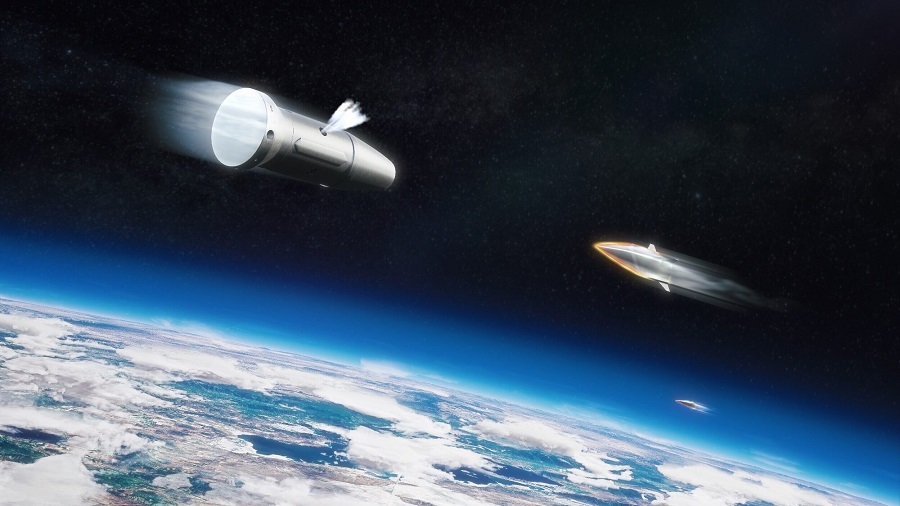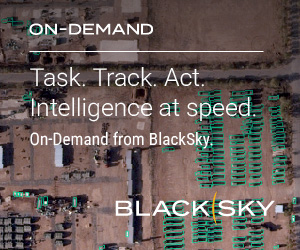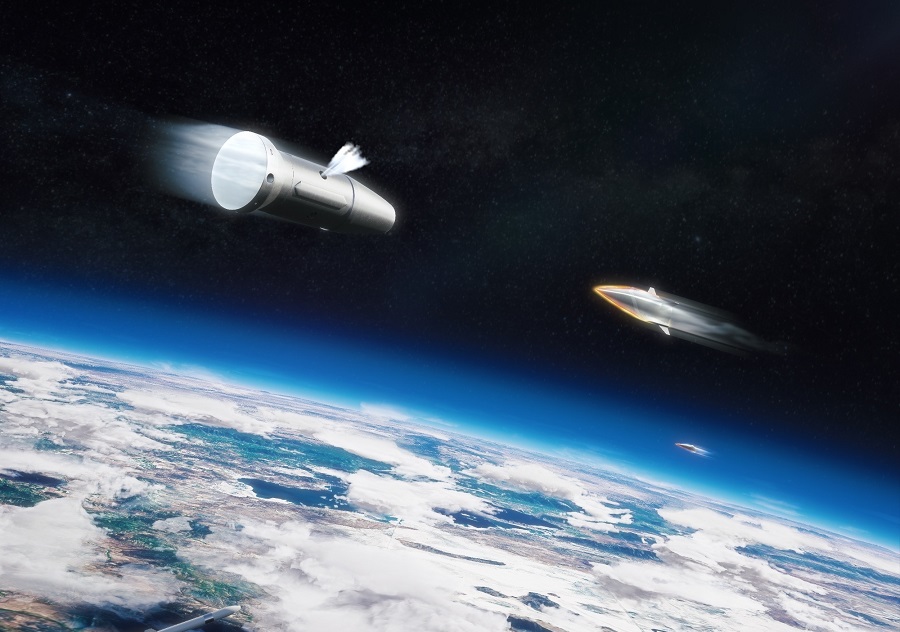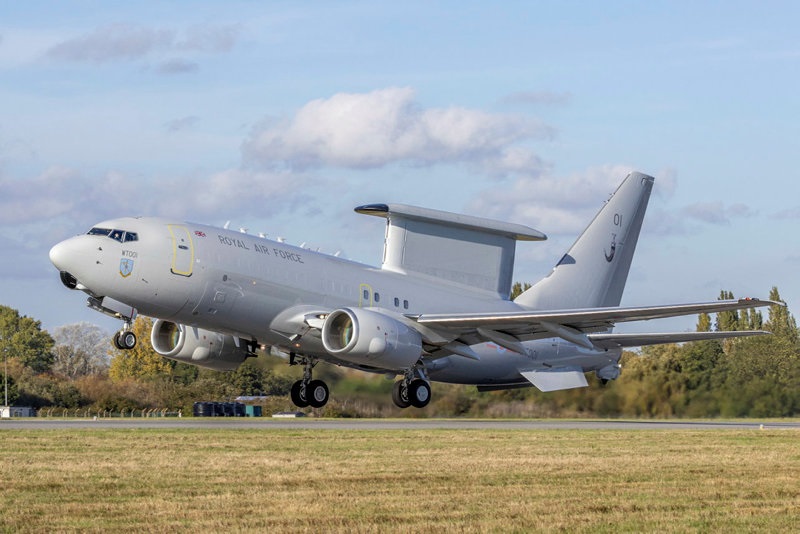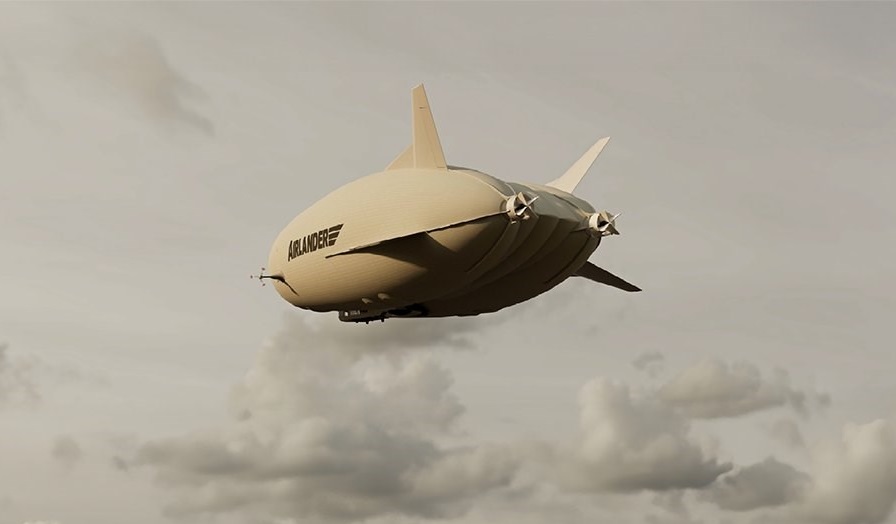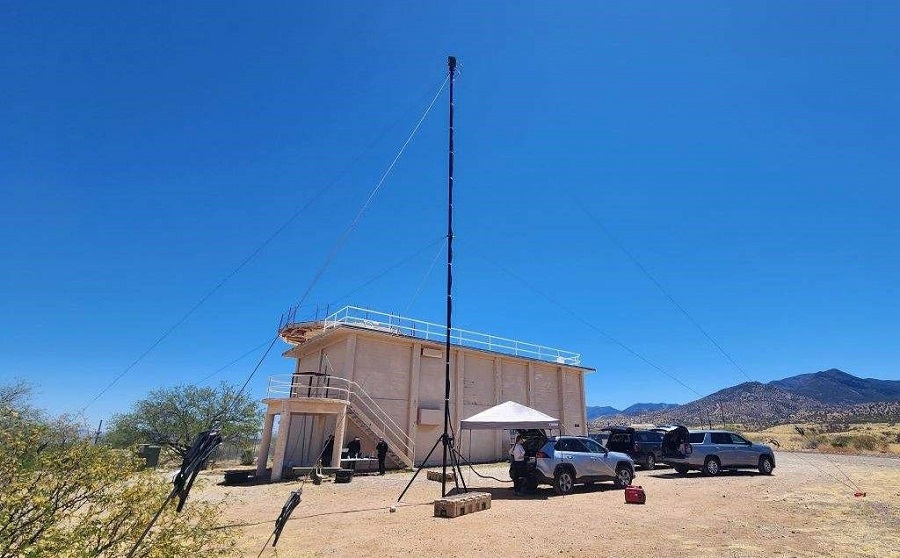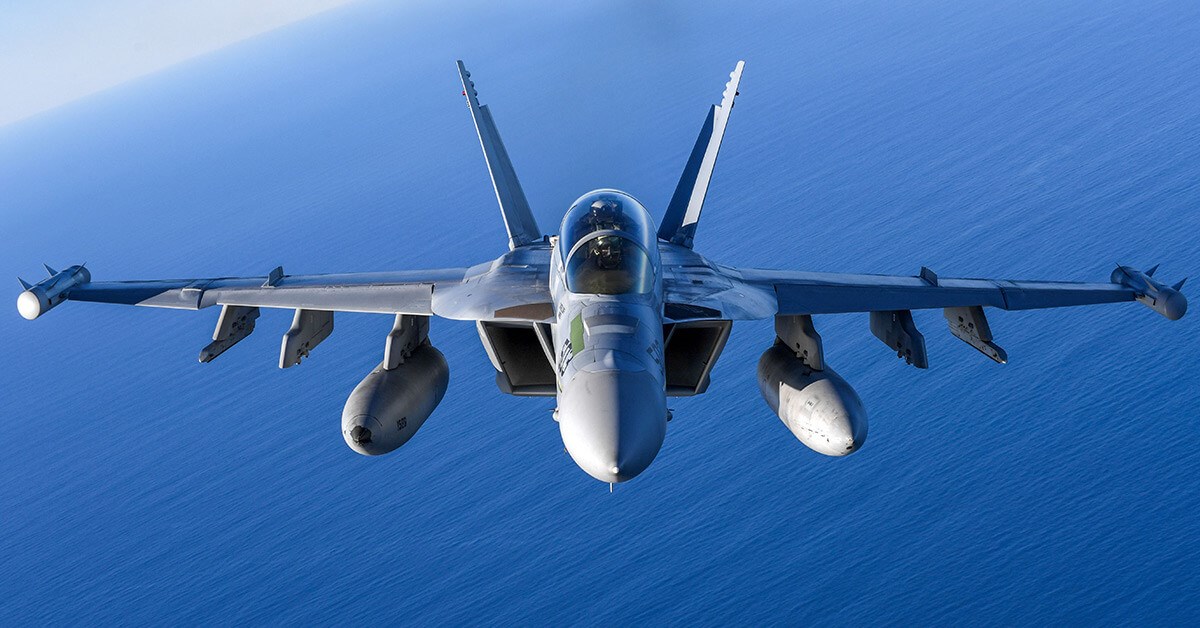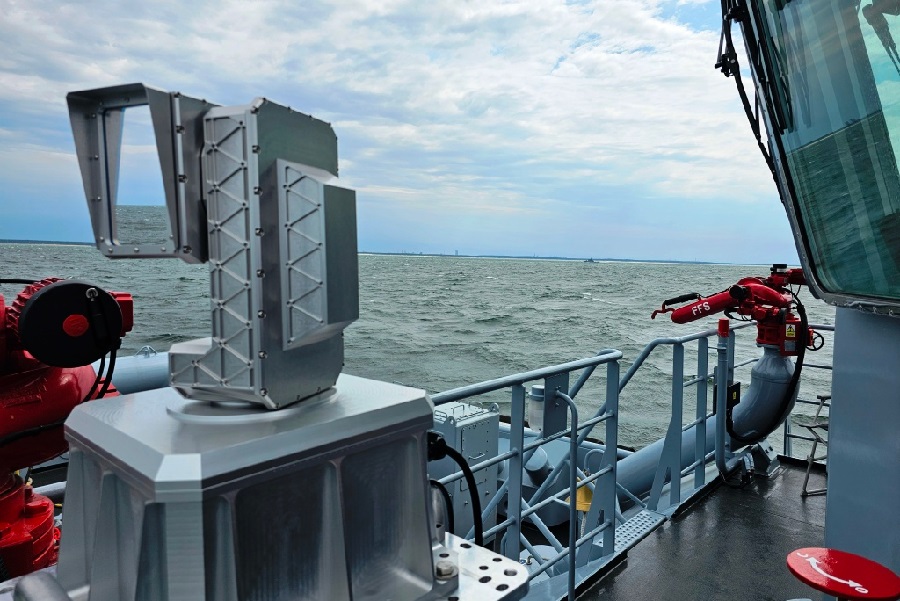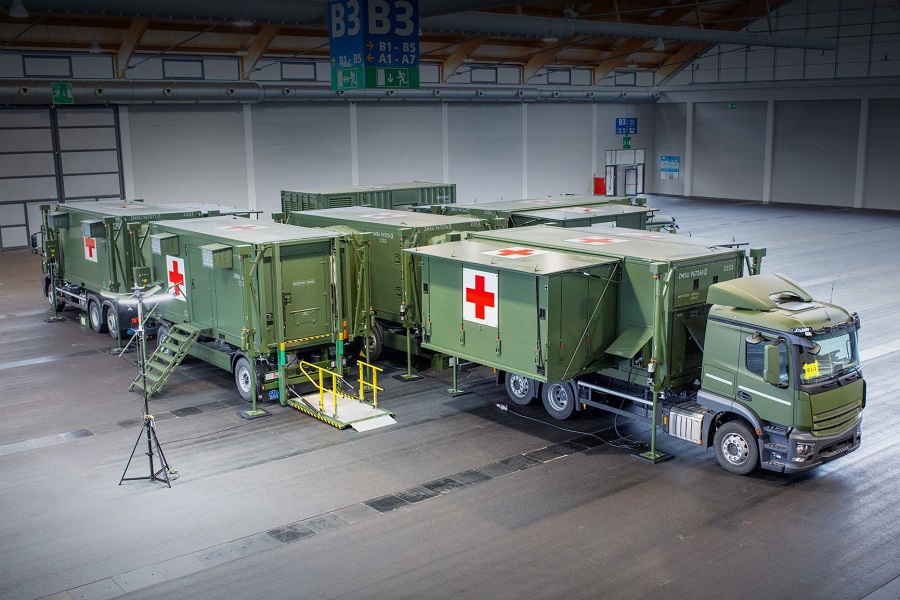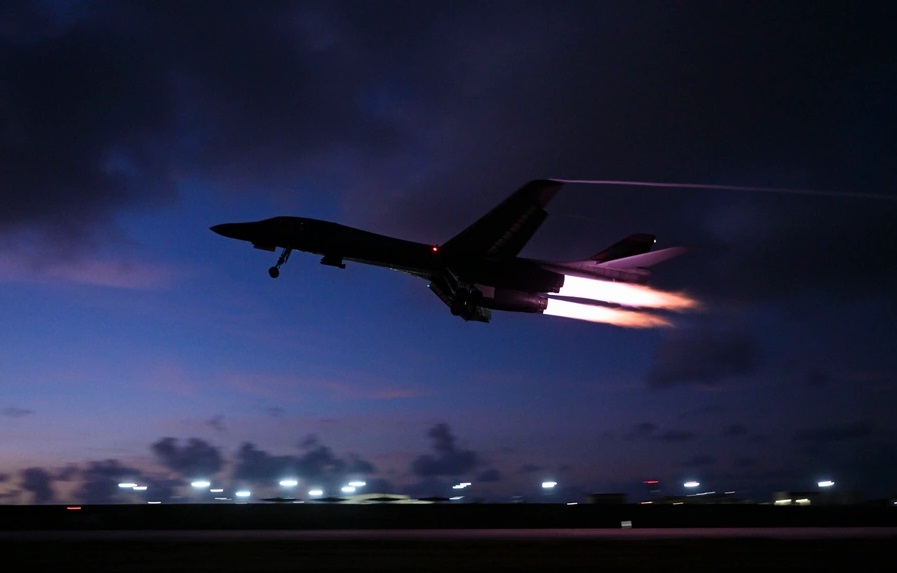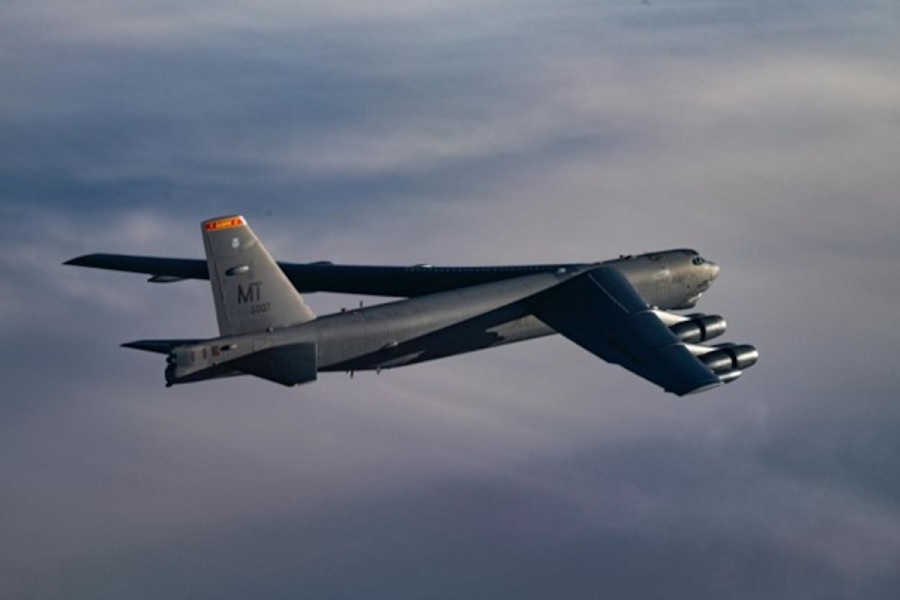Introduction
In the ever-evolving landscape of modern warfare, the significance of space in military operations has reached unprecedented heights. As nations gear up for multi-domain operations, the theatres of battle extend far beyond the traditional land, sea, and airfields. The critical role of space for the defence sector has forced EU member states to upgrade their capabilities in this area.
In this paper, we briefly show how the armed forces of European states increased their interoperability in space and the upper atmosphere. To do this, we refer to the new European space commands, the investments of European countries, military exercises concerning the space domain and, finally, the most recent developments concerning European high-atmosphere hypersonic missile interceptors.
Space and the modern battlefield
The modern battlefield is characterised by the increasingly intense need to conduct multi-domain strategies. There are five areas of operations: Maritime, Land, Air, Space, and Cyberspace. Recent armed conflicts have highlighted the critical role of the use of space by both sides.
The EU emphasises that the war in Ukraine highlighted the key role of space-based connectivity in the conduct of military operations. In the case of the war in Ukraine, the use of satellites for observation and transmission of information proved crucial. Russia launched cyberattacks to weaken space-based assets used by Ukraine, while an hour before the invasion a multi-faceted attack was launched against the private satellite provider Viasat’s KA-SAT network, which provides high-speed satellite internet coverage for Europe. The attack intended to weaken Ukraine’s command and control capabilities. Ukraine’s military capabilities are also boosted by Starlink, which gives artillery forces information that soldiers upload via encrypted chat.
In the case of the escalation of the war between Israel and Hamas in the Middle East, the media reported that Israeli Defence Forces (IDF) successfully thwarted an Iranian-manufactured ballistic missile, which was probably launched from Yemen, using the Arrow anti-missile system. The media reported that the interception and destruction of the missile occurred above the Kármán line, a well-recognised space boundary located 100 kilometres above sea level. Media sources referred to this incident as the first instance of space warfare in history.
Furthermore, Russia, China, and the United States are all investing in hypersonic missile technology, a sector deeply interconnected with threat detection from space and sub-orbital spaceflight. The word ‘hypersonic’ refers to any aerial object – be it an aircraft, a missile, a rocket, or a spacecraft – capable of reaching Mach 5, circa 6000 km/h, while flying in the atmosphere. According to GlobalData, “Russia seems to be the furthest ahead, having launched Kh47M2 ‘Kinzhal’ missiles on Ukraine from a MiG31K”. As we discuss later, Europe is currently working on endo-atmospheric interceptor systems that aim to counter such weapons.
Latest European capability development priorities in the European Defence Fund
Current events only confirm the prioritisation of Europe’s already high level of investment in space capabilities, which have been at the top of the Union’s agenda for at least the past eight years. In fact, between 2017 and 2019, the European Defence Fund (EDF) provided more than €3 million to the preparatory action on defence research (PADR), a multi-domain study that included space resilience. The value appreciation of space capabilities was reflected in the European Defence Agency’s (EDA) 2018 Capability Development Priorities and again reiterated in EDA’s 2022 Coordinated Annual Review Defence (CARD) report . Space operations were newly included in the EU Capability Development Priorities report of 2023, the latest revision of the EU Capability Development Plan (CDP), which has undergone consistent updates since its first release in 2008. Some of the priorities listed in these reports are formation superiority and management, intelligence, surveillance and reconnaissance, Earth observation, positioning, navigation and timing (PNT), space situational awareness (SSA), satellite communication, and cyber-defence. These development priorities are now set to become a reality thanks to funding opportunities provided by the European Defence Fund.
In 2019 and 2020, the European Commission spent close to €90 million on space capability projects within the European Defence Industrial Development Programme (EDIDP). The European Defence Fund put particular emphasis on the prioritisation of navigation warfare (NAVWAR) during its first-ever call for proposals in 2021, amassing a total of €171 million in European Commission investments to pursue nine different projects focusing on NAVWAR space defence. In 2021, the EDF approved Navguard, a ground and space-based security system for Galileo’s Public Regulated Service (PRS) encrypted navigation service, and two other projects, EPW and RFSHIELD, to protect satellite communications.
In 2022, three notable initiatives stood out from EDF’s calls: SPIDER, a feasibility study on satellite constellation; REACTS, a scalable network of fully interoperable Responsive Space Systems (RSS), and ODIN’s EYE II, a space-based early missile warning system. Finally, in 2023, the European Defence Fund released a call for proposals after announcing a budget of €125 million worth of funding for research in threat surveillance for the protection of space-based assets and initial development of operative capacity for Space situational awareness. The development of a European endo-atmospheric interceptor in the air and missile defence domain proved to be one of the most relevant projects in the 2023 call, after appearing in calls from previous years. European endo-atmospheric interceptors are discussed in a dedicated section later in this paper.
Moving away from priorities and funding, we can now complete our analysis with an overview of development and implementation projects sponsored by the EU’s Strategic Compass and the Permanent Structured Cooperation (PESCO).
EU strategy for threats in the space domain: the role of the Strategic Compass and of PESCO
The EU’s Strategic Compass highlights the need to prepare for a more competitive and contested space environment due to the increasing dependency on space systems and services that make EU member states more vulnerable to threatening behaviour by strategic competitors. The Strategic Compass refers to the preparation of a new EU Space Strategy for security and defence. On this basis, the Commission and the High Representative of the Union for Foreign Affairs and Security Policy developed the first EU Space Strategy for Security and Defence. The new strategy refers to the threats and the way to respond to them, the resilience and protection of space systems and services, partnerships for responsible behaviours in space, as well as proposing to maximise the use of space for security and defence purposes.
According to the European Commission, the main threats in space that put space systems and their ground infrastructure at risk are robotic arms, radiation, space debris and micrometeorites, kinetic and non-kinetic SIGINT, kinetic anti-satellite (ASAT) weapons, cyberattack sabotage, non- kinetic laser or directed energy weapons, and electronic warfare.
The European Union aims to counter these threats through its Permanent Structured Cooperation (PESCO), often by using EDF funding. Four projects fall under PESCO’s space label: the Common Hub for Governmental Imagery (COHGI) coordinated by Germany, the European Military Space Surveillance Awareness Network (EU-SSA-N) coordinated by Italy, the Defence of Space Assets (DOSA) coordinated by France, and the EU Radio Navigation Solution (EURAS) also coordinated by France.
COHGI is set to establish a common hub for the exchange of classified governmental imagery between EU member states and EU agencies in collaboration with the European Union Satellite Centre (EU SatCen). EU-SSA-N will develop an autonomous EU military Space Surveillance Awareness (SSA) network, which is interoperable with the already-existing EU Space Surveillance and Tracking (EU SST) for the protection of European space assets from natural and manmade threats.
DOSA has the objective of increasing the EU’s operational efficiency in space manoeuvrability, space resilience, and space military training for current and future European space assets. Finally, the EURAS project aims to develop the EU’s military positioning, navigation and timing (PNT) capabilities in the context of Galileo’s PRS dual-use technology. Many of these projects are a direct answer to the Union’s prioritisation guidelines discussed in the previous paragraph. It can be concluded that there is a promising synergy between EU institutions, from the prioritisation and decision-making process up to the funding and development stage.
Having this background mapping in mind, now we discuss the Timely Warning and Interception with Space-based Theatre Surveillance (TWISTER) project by PESCO, which entails endo-atmospheric interceptors and space-based early warning systems.
PESCO, the EDF and OCCAR working together for hypersonic endo-atmospheric interceptors
Endo-atmospheric interceptors are one of the most tangible European space-related defensive weapons that are currently under development. They represent an excellent example of European organisational, industrial, and procurement interoperability for common equipment. Overall, Europe’s push to gain this capability answers two pressing strategic concerns: countering Russian hypersonic weapons, described by GlobalData as the most advanced of this kind, and gaining advanced autonomy from a worryingly stretched American ally, currently focused on several geopolitical theatres at once.
European hypersonic interceptors, which are also included in PESCO’s TWISTER project, received EDF funding through a dedicated HYDEF call, now under the management of the Organisation for Joint Armament Co-operation (OCCAR). As a testament to interoperability and dialogue among transatlantic allies, TWISTER is a contribution to NATO Ballistic-Missile Defence (BMD).
TWISTER is a PESCO project led by France with the participation of Finland, Germany, Italy, the Netherlands, and Spain, which is classified in the ‘Enabling, joint’ category for the air and space domain. TWISTER aims to counter a wide spectrum of complex and evolving air threats, specifically high-velocity missiles travelling through the higher atmosphere. To do so, the project seeks to establish better detection and tracking capabilities for the European Union through space-based early warning systems. These systems are tasked with identifying the threat, which is then to be countered by the aforementioned endo-atmospheric interceptors. In this way, TWISTER aims to take advantage of both the space domain for detection purposes and the air domain for kinetic interception purposes
The European Union confirmed its interest in this kind of defensive weapon in the 2021 EDF EU HYDEF call, offering a total maximum EU contribution of almost €100 million. The EU HYDEF’s goal is to design a European hypersonic interceptor “targeting the 2035+ threats, weapon and sensor systems” through a weapons programme that collaborates directly with TWISTER. An MBDA-led consortium named HYDIS presented the first study proposal for an endo-atmospheric interceptor to the EDF in May 2023. In July, the consortium obtained a positive evaluation from the European Commission and opened the HYDIS² panel, a platform reuniting interest groups, expertise from the defence sector, European institutions, SMEs, and universities.
The European Commission officially withdrew from HYDIS’ management in August 2023, delegating the Organisation for Joint Armament Co-operation (OCCAR) and its member states – Belgium, France, Germany, Italy, Spain, and the United Kingdom – with the indirect management of the initiative. On 31 October 2023, the OCCAR signed a contract with the HYDIS consortium to kick-start HYDEF development, marking the official start of the project. The programme subsequently tailored its scope to the detection and interception of enemy hypersonic cruise missiles (HCMs) and agile hypersonic glide vehicles (HGVs). On 11 December 2023, the OCCAR took control of the project by signing a contribution agreement, ultimately starting HYDIS’ concept phase.
MBDA, the coordinating contractor, leads the designing process following the directions of its four co-founding member countries – France, Italy, Germany, and the Netherlands – while also complying with PESCO’s TWISTER programme objectives. HYDIS represents a consortium of 19 associates with 30 subcontractors in 14 European countries. To date, the HYDIS consortium is made up of the following partners: ArianeGroup, Avio, Avio Aero, Bayern-Chemie, CIRA, DLR, GKN Fokker, LYNRED, MBDA España, MBDA France, MBDA Germany, MBDA Italia, OHB System AG, ONERA, ROXEL France, THALES LAS France, TDW, THALES Netherlands, and TNO.
Lastly, HYDIS stands as a fundamental contributor to MBDA’s internal AQUILA concept for an endo-atmospheric hypersonic interceptor capable of reaching an altitude of 100km, which is the previously mentioned Kármán line that conventionally sets the border between Earth’s higher atmosphere and space.
EU Space Commands and space exercises
After having discussed projects stemming from the European Union, we now shift our attention towards the initiatives of EU member states in the context of interoperable space commands and space exercises.
In 2019, the United States created the first Space Force in the world, separating the space domain into its own dedicated branch within the Armed Forces (United States Space Force, 2023). In the case of Europe, realising the importance of space for defence, several national Armed Forces of EU member states started to create Space Commands and Forces. The structure and organisation of Space Commands vary from country to country.
In 2019, France created the French Space Command, which is part of the French Air and Space Force. In the same year, the official Space Defence Strategy was also published. Italy established the Italian Space Operations Command in 2020, while Germany created a separate command dedicated to space in its Armed Forces in 2023. Spain renamed the Spanish Air Force to the Spanish Air and Space Force in 2022. Other examples of creating separate commands or directorates for space defence exist in most European states, such as Greece, which established the Space and Communications-Informatics Directorates in 2021.
Consequently, an increasing necessity to carry out space exercises emerged among EU member states. France is organising the largest exercise of its kind, the AsterX 2023. The exercise takes place at the Cité de l’Espace in Toulouse and is based on a realistic and complex environment and focused on integration, interoperability, and cooperation. The objectives of the latest AsterX 2023 were to train the units of French Space Command (CDE) in space surveillance and the protection of national space assets, to test the structure and connectivity of future military space operations Command and Control (C2) in a Multi-Domain Operations context, to validate operating concepts and coordination with the French National Centre for Space Studies and industrial partners, and to develop and reinforce joint operations in cooperation with international partners.
The exercise is being conducted in parallel with the large Orion exercise. France, Italy, Germany, Belgium, and the United States participate in AsterX (ΝΑΤΟ, 2023), while other states participate as observers as Cyprus. Based on the AsterX scenario, the European External Action Service (EEAS) annually conducts the Space Threat Response Architecture Exercise (STRA-22). The STRA exercise tests and improves the EU’s responses to threats against the systems and services deployed under the various components of the EU Space Programme. It involves various operational actors including the member states, the EEAS, the EU Space Programme Agency (EUSPA/Galileo Security Monitoring Centre), the Commission, and the Council of the European Union.
Conclusion
In 2023, the European Defence Agency commissioned a long-term assessment of the Capability Development Plan (CDP) in order to investigate future capability development priorities for the European Union beyond 2040. In this report, EDA lists space technology and hypersonic weapons among the leading races for technological superiority in the future. Contributing factors to the development of hypersonic interceptors, such as the interconnection of cross-domain combat, the necessity of early warning cognitive superiority in cyberspace, and the pervasiveness of multilayer manoeuvrable engagement, are also present in the assessment. Finally, there is a section describing space capabilities as the “future battlefield” in the long-term capability trends segment of the report.
As we have seen, EU member states have begun to take the defence of space assets as a primary strategic priority. Consequently, European allies have founded Space Commands, have financed PESCO and EDF initiatives, and are starting to realise the importance of interoperability in the space domain.
The organisation of the AsterX and STRA exercises shows positive steps in this direction. The significant participation of the United States in these initiatives demonstrates the willingness of EU Space Forces to be consistent with NATO plans for this stage of space capability development.
The fact that there is a large gap between the space capabilities of EU member states prevents the Armed Forces of each state from following a common model in the training of their Space Commands. However, this should not prevent the direct dialogue of the competent officials, as it happens in the land forces.
As space threats continue to evolve, the consolidation of national space forces and the reinforcement of EU space capabilities remain imperative for safeguarding the security interests of the European Union.
This article was originally published on the website of the Finabel – European Army Interoperability Centre.

